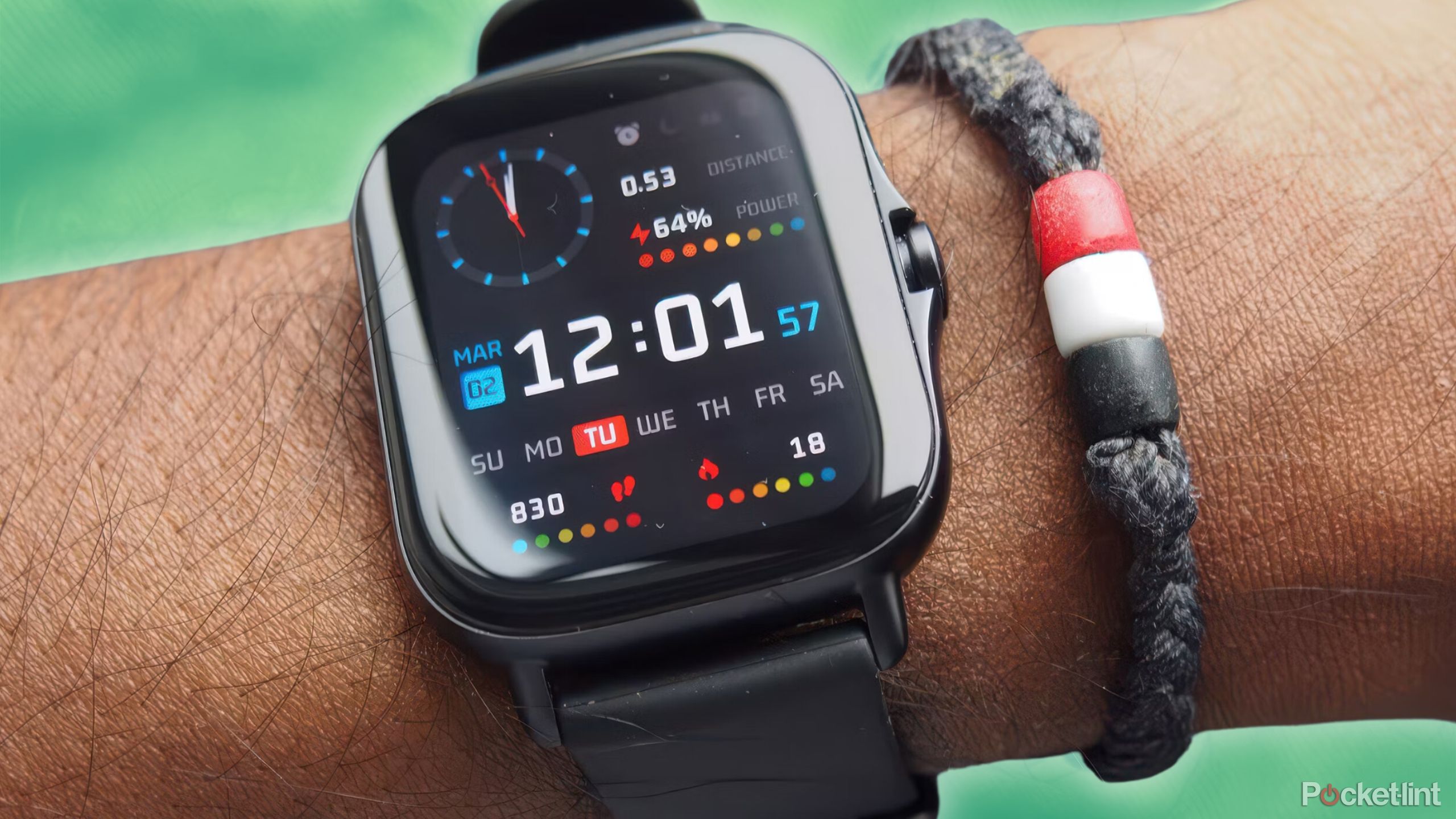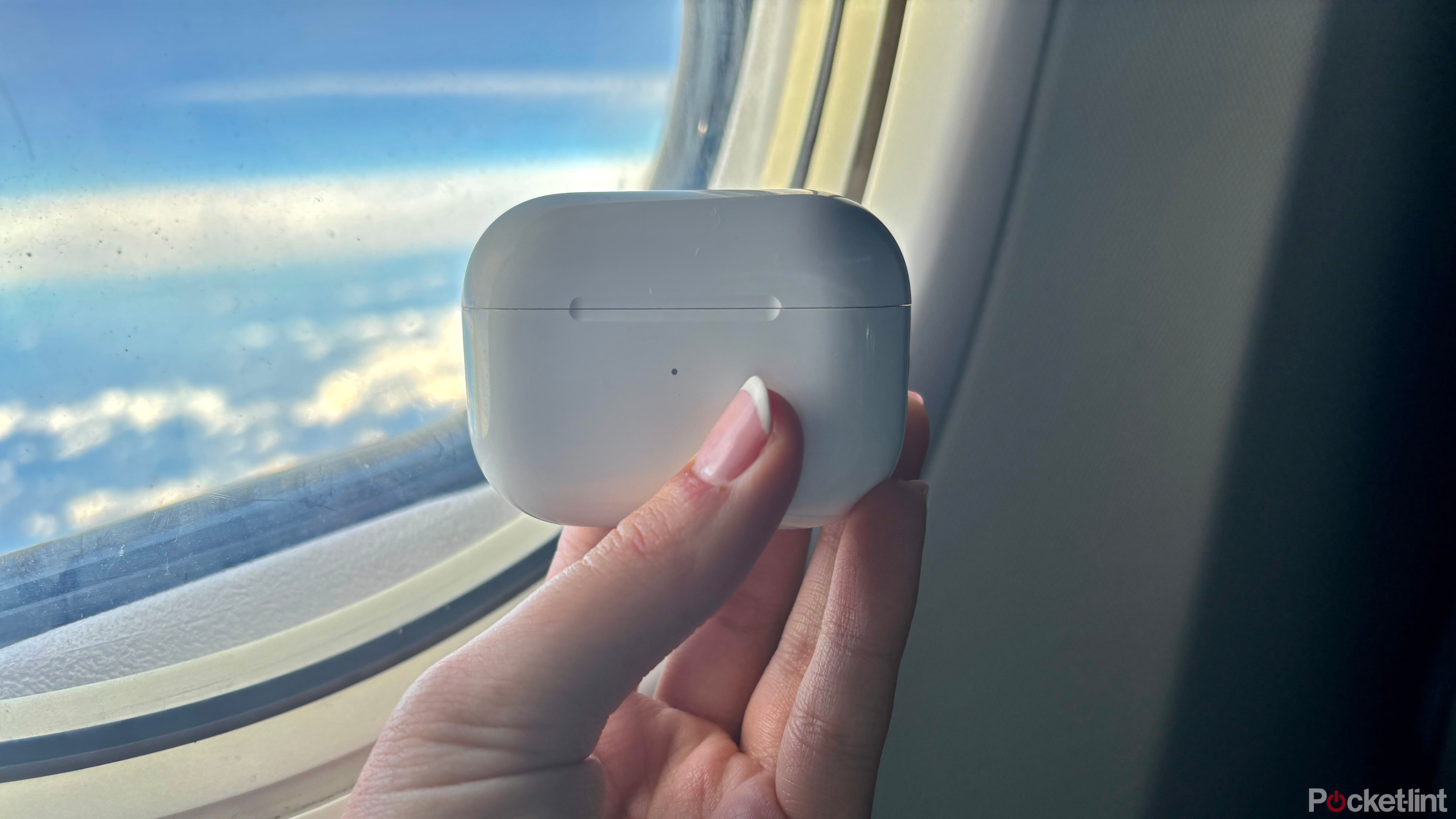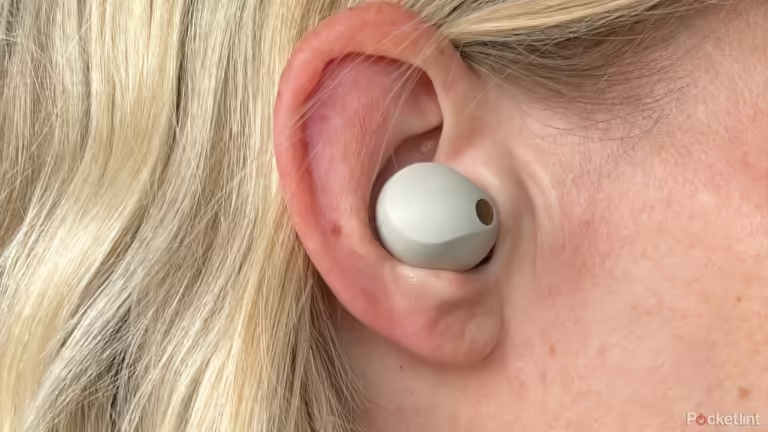Key Takeaways
- Active noise cancellation eliminates background noise for a better listening experience.
- ANC headphones can be expensive and require additional power consumption.
- While ANC is essential for frequent flyers and gym-goers, it may be unnecessary or even dangerous in quiet or high traffic areas.
In tech jargon, it’s not too hard to guess what “active noise cancellation” does or why you’d want it in your earbuds or over-ear headphones. But the electronics industry is full of nice-to-have features that are mostly used to upsell. For example, no one is making much use of 8K TVs right now, but you can easily spend thousands of dollars on them.
Is active noise cancellation just that kind of feature, or is it something you should always request when buying new headphones?

Related
4 gimmicks to ignore when buying a fitness tracker
Ignore the features you probably won’t use and spend your money where it will be most effective.
 What is Active Noise Cancellation?
What is Active Noise Cancellation?
Active Noise Cancellation (ANC) starts by your headphones using one or more microphones to read the ambient noise in your environment. A processor interprets this data and triggers opposing sound waves to “cancel” most or all of the outside sound. When it works as intended, it results in a purer listening experience, free of noise, and maybe even helps you hear nuances in your music that you might have missed before.
You may have seen the term “passive” cancellation, which refers to something like an ear seal, like an ear cup, that reduces the amount of sound that comes in. It’s an entirely non-electronic design feature. Sometimes it’s used as a marketing ploy to convince you that it’s as effective as ANC, but unless you buy headphones with an open-back or bone conduction design, any decent pair of headphones will attempt to block out outside sound.
Usually, yes. ANC headphones require at least a processor that can interpret and cancel ambient noise in real time, which makes them a bit more expensive than a chip that simply manages volume, EQ, and connection data — a cost that’s often passed on to you, the buyer.
Because ANC uses extra power while it’s working, your wireless headphones may have larger batteries to compensate. In an emergency, one of the easiest ways to extend your battery life is to temporarily disable cancellation.
 Do I need ANC on my headphones?
Do I need ANC on my headphones?
“Necessary” is a relative term. But in some situations, ANC can make the difference between clear audio and inaudible garbage. A prime example is air travel. I tried flying with my Powerbeats Pro without ANC, and the noise of the jet engine drowned out movies and TV shows. Conversely, after switching to my Jabra Elite 7 Active with ANC, I forgot I was even on a plane. This feature is a must for frequent flyers.
ANC is equally useful in places like the gym, where the thud of speakers and barbells can drown out your personal soundtrack. The technology may or may not be essential in the workplace. While it’s great for improving overall focus or taking calls, some offices are naturally quiet and you run the risk of accidentally ignoring a colleague. If you work in places like a factory, warehouse, or construction site, you may need to keep your ear to the ground for hazards.
While it’s best to have ANC as an option, there are some scenarios where the feature becomes redundant or even dangerous.
Think carefully about ANC even in activities where road safety is a concern. Whether you’re jogging in the suburbs or trying to catch a train in downtown Manhattan, you may miss oncoming cars, bikes, and scooters. You don’t need to worry about ANC when you’re biking or driving a car.
This feature is likely completely unnecessary for home listening: Audio may sound clearer, but unless you have noisy neighbors or want to hear something separate from your partner, kids, or roommates, all it’s really doing is muting the sound in the room, and the difference just isn’t worth the extra cost.
In summary, while it’s good to have ANC as an option, there are scenarios where the feature becomes unnecessary or even dangerous. If you know you’ll always be listening to music in environments where ANC won’t be useful, feel free to save a little money.

Related
After testing both on-ear and over-ear headphones, there was a clear winner.
On-ear headphones are fine for everyday use, but over-ear headphones are my favorite.

